View all Standards for California VAPA Standards (2019)
Adv.TH:Cr3.b Synthesize ideas from research, script analysis, and context to create a performance that is believable, authentic, and relevant in a drama/theatre work.
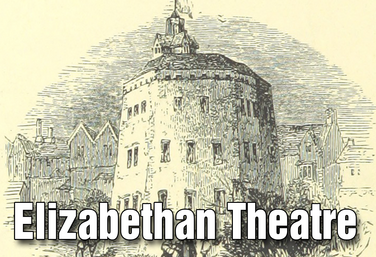
Part of the Drama One Curriculum
Elizabethan Theatre
by Karen Loftus

Shakespeare Performance
by Anna Porter

Unlocking Shakespeare's Text
by Anna Porter
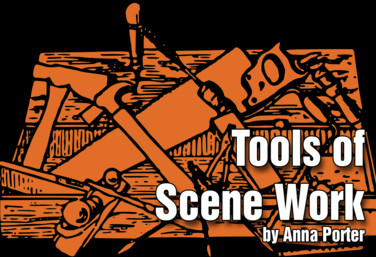
Tools of Scene Work
by Anna Porter
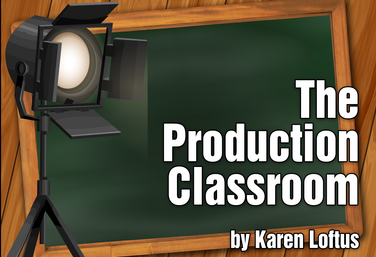
Part of the Production Classroom Units Curriculum
Production Classroom Units Overview
by Karen Loftus

Part of the Production Classroom Units Curriculum
Part One - Pre-Production
by Karen Loftus

Part of the Production Classroom Units Curriculum
Part Two - Rehearsal and Performance
by Karen Loftus

Part of the Production Classroom Units Curriculum
Part Two - Documents
by Karen Loftus

Part of the Production Classroom Units Curriculum
Part Three - Reflection and Assessment
by Karen Loftus
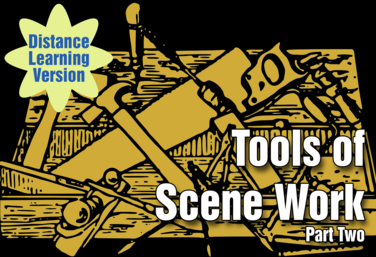
Part of the Distance Learning Curriculum
Scene Work: Part 2, Student Self Staging
by Lindsay Price
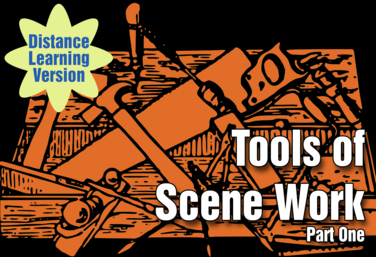
Part of the Distance Learning Curriculum
Scene Work: Part 1, Tools of Scene Work
by Lindsay Price

The Dilemma Project
by Claire Broome

Spoken Word Poetry
by Quincy Young

Friendly Shakespeare
by Todd Espeland
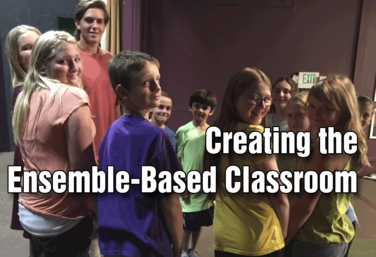
Creating the Ensemble-Based Classroom
by Gai Jones

21st Century Skills Through Devising
by Allison Williams
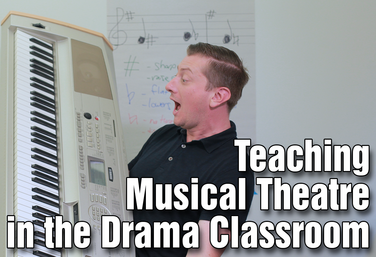
Teaching Musical Theatre in the Drama Classroom
by Colin Oliver

The Production Classroom
by Karen Loftus
.png)
Shakespeare's Toolkit
by Todd Espeland

The Dilemma Project
by Claire Broome

How to Give Feedback to Student Playwrights
by Nicholas Pappas

Playwriting Outside the Lines
by Steven Stack

Tech Knowledge: Integrating Tech Throughout Your Rehearsal Process
by Claire Broome
View all Standards for California VAPA Standards (2019) Standards Master List